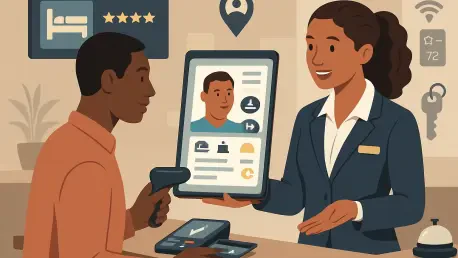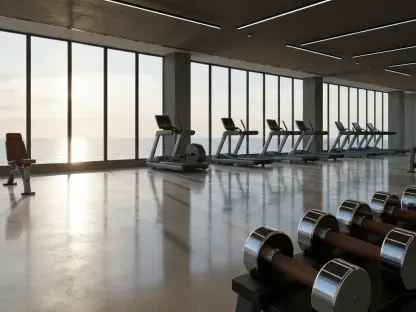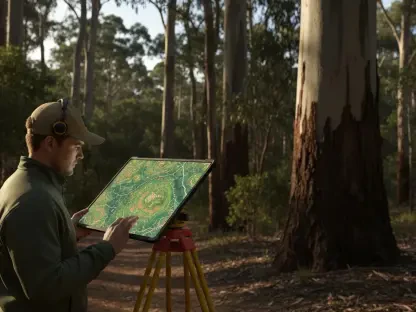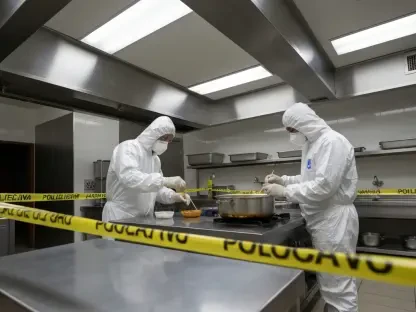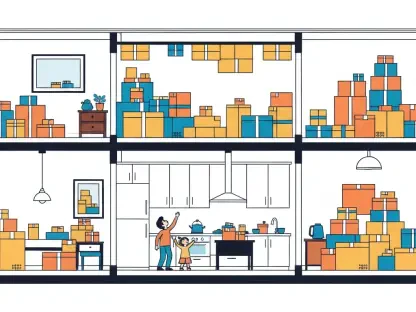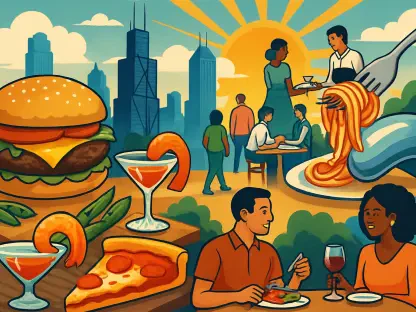I’m thrilled to sit down with Katarina Railko, a seasoned expert in the hospitality and travel industry. With a wealth of experience in tourism and a deep passion for entertainment, events, expos, and conferences, Katarina has become a leading voice in shaping innovative strategies that enhance customer experiences and workplace culture. Today, we’ll dive into her insights on how technology is transforming the travel sector, the importance of personalization in customer service, the evolution of loyalty programs, and the critical role of leadership in fostering a strong organizational culture.
How has technology reshaped the way the hospitality and travel industry connects with customers over the past few years?
Technology has completely changed the game for us in hospitality and travel. Over the past decade, we’ve seen a shift from basic online booking systems to highly interactive apps and social media platforms that allow us to engage with customers in real time. It’s not just about convenience anymore; it’s about using data to anticipate needs before a guest even asks. For instance, personalized recommendations based on past trips or preferences have become a standard expectation, and that’s all powered by tech. It’s made interactions more seamless but also raised the bar for what customers expect in terms of speed and customization.
Can you share an example of a specific technology that has improved efficiency for your team?
Absolutely. One tool that stands out is the implementation of mobile apps for staff, similar to what some airlines use. These apps give our team instant access to guest information—like past stays, preferences, or even special requests—right at their fingertips. It cuts down on the time spent digging through systems or paperwork, allowing staff to focus on delivering a better experience. For example, a front desk agent can quickly see if a guest prefers a high-floor room and make that happen without a lengthy check-in process. It’s a small thing, but it makes a big difference in efficiency and guest satisfaction.
What hurdles have you encountered when rolling out new tech to your team, and how did you navigate them?
One of the biggest hurdles is resistance to change. Not everyone on the team is tech-savvy, and some worry that automation might replace the human element of hospitality. We’ve tackled this by focusing on training and communication. We don’t just introduce a tool and walk away; we hold workshops to show how it makes their jobs easier, not harder. For instance, when we brought in a new data management system, we paired it with hands-on sessions and created a feedback loop so staff could voice concerns. It’s about showing them that tech is a partner, not a threat, and ensuring they feel supported every step of the way.
How do you strike a balance between leveraging technology and keeping that personal touch in customer service?
That’s a delicate balance, but it’s crucial. Technology should enhance, not replace, the human connection. We use data to personalize experiences—like knowing a guest’s favorite drink or a special occasion they’re celebrating—but we train our staff to use that information in a genuine way. For example, instead of a generic automated message, a staff member might personally welcome a returning guest and mention a detail from their last visit. Tech gives us the insights, but it’s the warmth and authenticity of our team that makes guests feel truly valued. We’re always reminding ourselves that hospitality is about people first.
How do you define a strong workplace culture in the hospitality industry, and what does it look like in your organization?
A strong workplace culture in hospitality is one where everyone, from top executives to frontline staff, feels aligned with the company’s mission and values. In my organization, it looks like a team that’s empowered to make decisions and feels heard. We prioritize open communication and ensure that managers embody our core principles, like guest-first thinking and adaptability. It’s also about creating an environment where employees are engaged in shaping our goals. When people believe in the purpose behind their work—whether it’s creating memorable guest experiences or innovating operations—they bring their best every day.
What steps do you take to ensure your team, especially leaders, reflects the values of your company?
It starts with hiring for fit, not just skills. We look for individuals who naturally align with our values, like empathy and a passion for service. Then, we invest heavily in leadership development. For our managers, we run regular training sessions focused on how to model behaviors like transparency and accountability. We also encourage a top-down and bottom-up feedback culture—leaders aren’t just dictating; they’re listening. I’ve seen firsthand how a manager who lives our values can inspire an entire team to elevate their performance, and that’s what we strive for at every level.
How do you use data to create personalized experiences for your guests or customers?
Data is a goldmine for personalization. We collect information from past interactions—like booking history, feedback, or even dining preferences—and use it to tailor every touchpoint. For instance, if we know a guest often books spa services during their stay, we might send a pre-arrival message with a special offer or ensure the spa is ready for them. It’s about making guests feel seen without being intrusive. We’re careful to use data in a way that feels thoughtful, not like we’re just mining information for profit. It’s all about enhancing their experience and building trust.
What’s one way your company ensures customers feel recognized and valued during their interactions with you?
One simple but powerful way is through small, personal gestures based on what we know about them. For example, if a guest has stayed with us before and mentioned a preference for a certain type of pillow, we make sure it’s in their room before they even ask. It’s not just about the big wow moments; it’s those little details that show we’re paying attention. We train our staff to look for opportunities to acknowledge returning guests by name or reference something from their last visit. That recognition goes a long way in making them feel special and appreciated.
How have loyalty programs evolved in the travel and hospitality industry to appeal to a broader audience?
Loyalty programs have shifted from being exclusive perks for frequent travelers to something much more inclusive. Today, they’re designed to engage everyone, from occasional guests to regular visitors. A big part of this evolution is partnering with credit card companies to offer points or miles that make travel or dining more accessible. These programs also focus on experiences over just freebies—think curated local tours or unique dining events. By broadening the appeal and offering meaningful rewards, we’re seeing more people participate, even if they don’t travel or stay with us often.
What’s your forecast for the future of technology in the travel and hospitality industry over the next decade?
I think we’re going to see technology become even more integrated into every aspect of travel and hospitality, but in a way that feels almost invisible to the customer. Imagine seamless check-ins using facial recognition, or AI that predicts your needs before you even realize them—like suggesting a flight change due to weather before a delay is announced. I also expect a big focus on sustainability tech, like tools to reduce energy use in hotels or optimize flight routes for lower emissions. The challenge will be ensuring that as we adopt these innovations, we don’t lose the human connection that defines our industry. It’s an exciting time, and I can’t wait to see how it unfolds.
